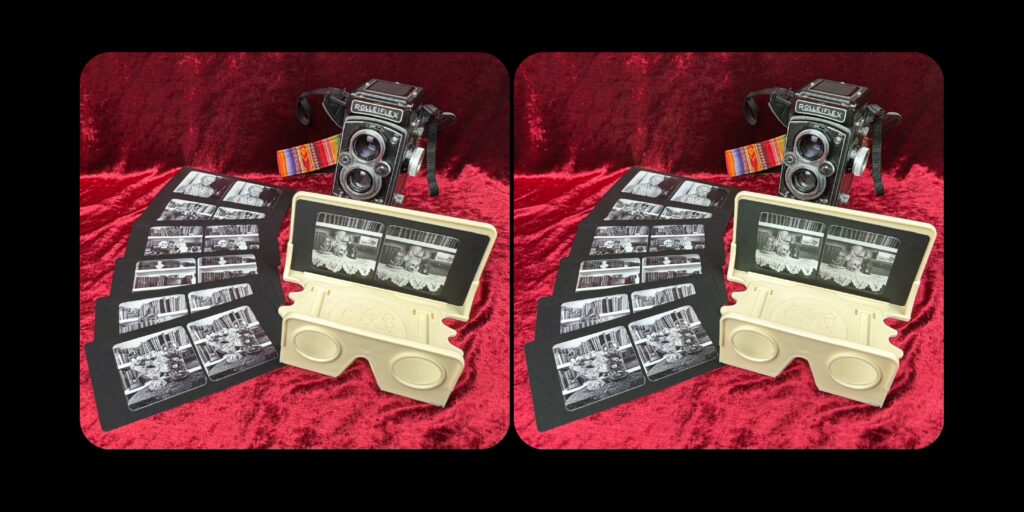
I thought I would wish everyone a very happy International Stereoscopic Day by introducing how to use a Rolleiflex camera to take stereoscopic (3-D) photographs. If you would li...
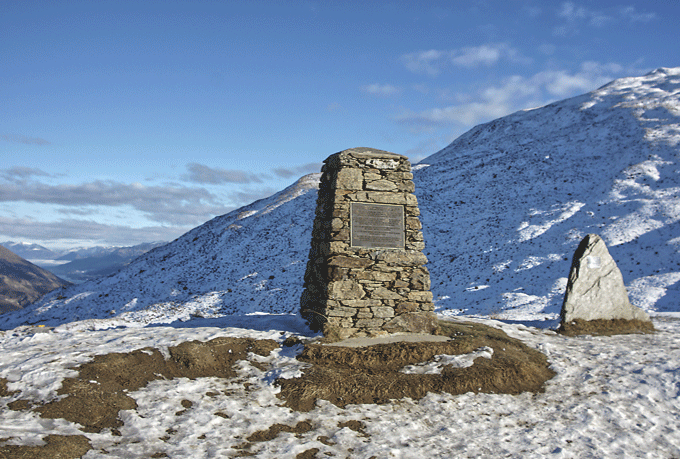
After reading and commenting on the recent post How to Take a 3-D photo with Almost Any Camera I looked out some examples of the .GIFs I had produced. These give a 3-D effect in...
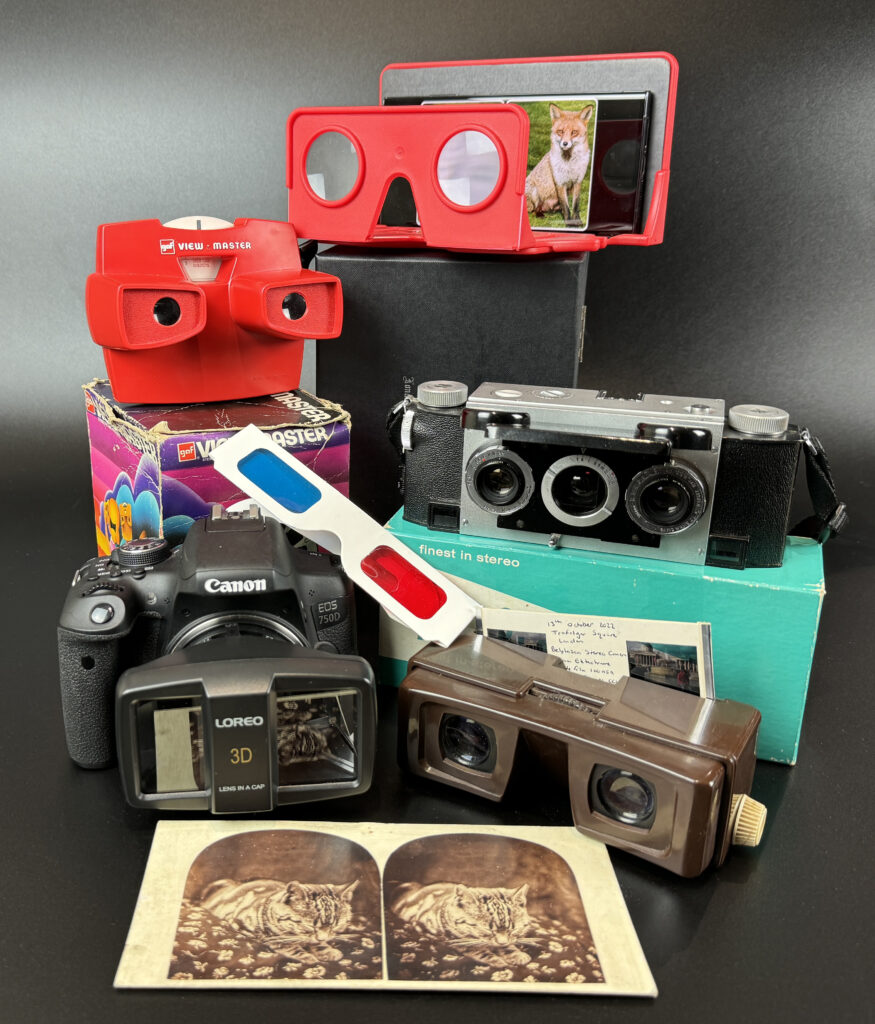
Today, June 21st 2024, is the 3rd International Stereoscopy Day, 186 years since inventor Sir Charles Wheatstone first presented his mirror stereoscope and theory of binocular v...
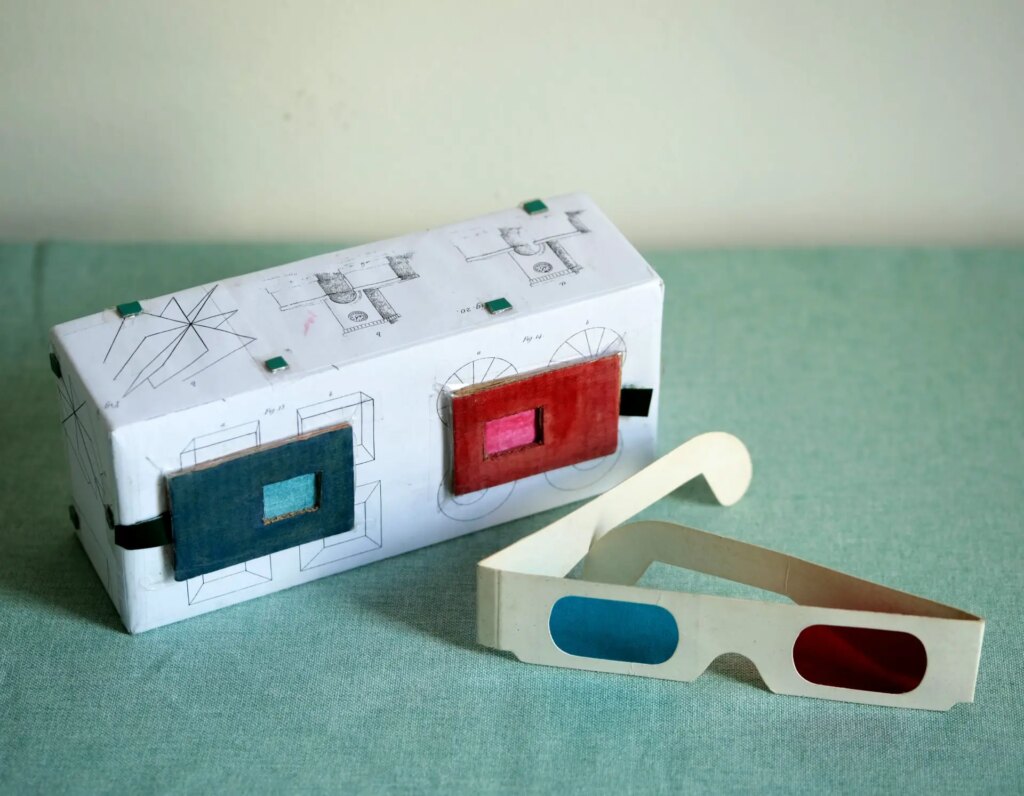
If X is good and Y is good, then X and Y combined must be even better. Out of this misguided reasoning have emerged such unholy inventions as the beer-tap hat and ice-cream frie...
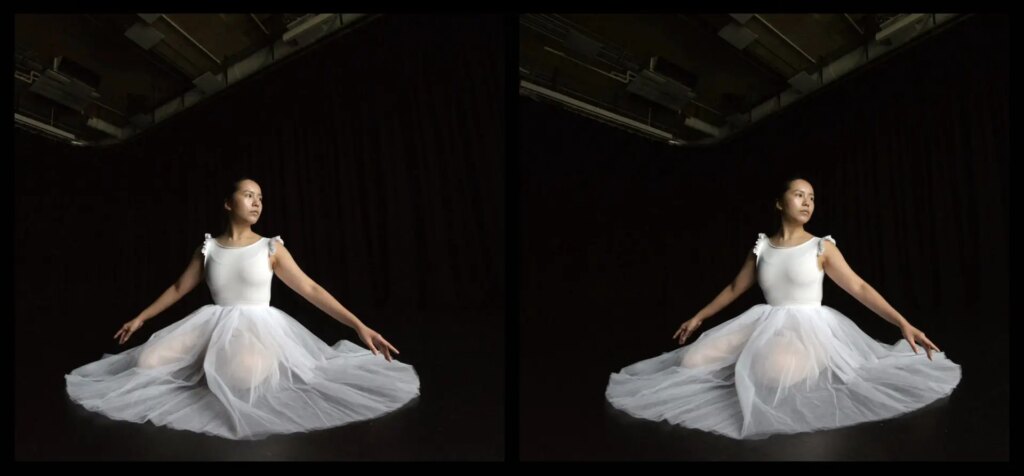
The London Stereoscopic Company (LSC) features a different stereo photographer every month on their website. Sometime back, they invited me to contribute to the gallery for July...

Today 3-D imaging fans around the world celebrate for the first time, International Stereoscopy Day!
The day-long celebration, to commemorate the official presentation of the s...
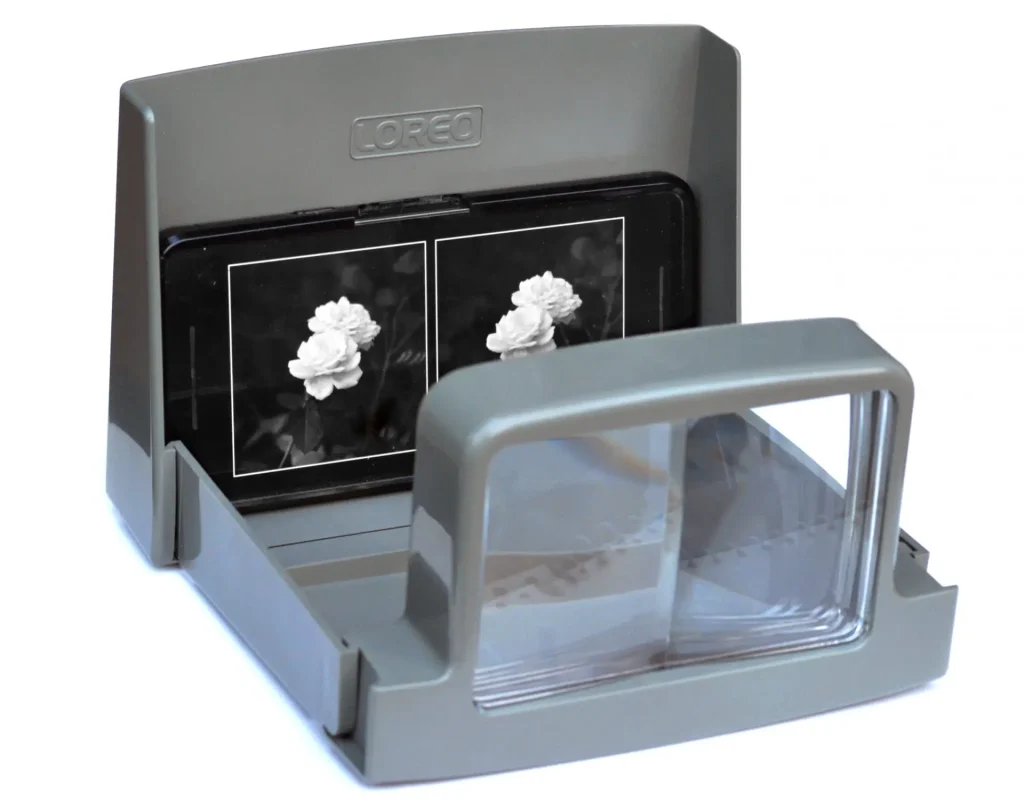
Rebecca wrote a great introduction to stereoscopic (3D) photography which was published on 35mmc yesterday, and which some of you have probably read already. I only got into ste...
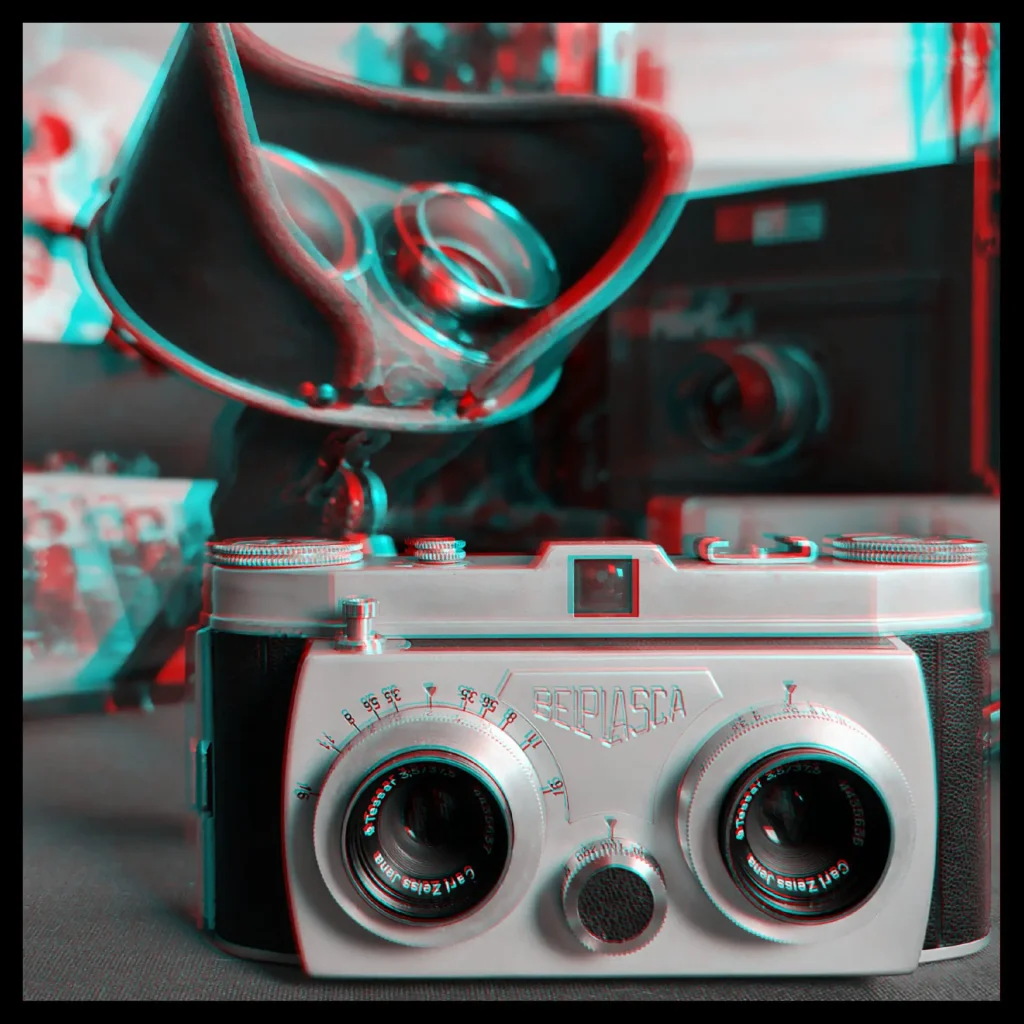
I started the Stereoscopy Blog back in May 2019 after I was frequently contacted by people who wanted to get involved in stereoscopy but didn’t know where to start. There were a...








